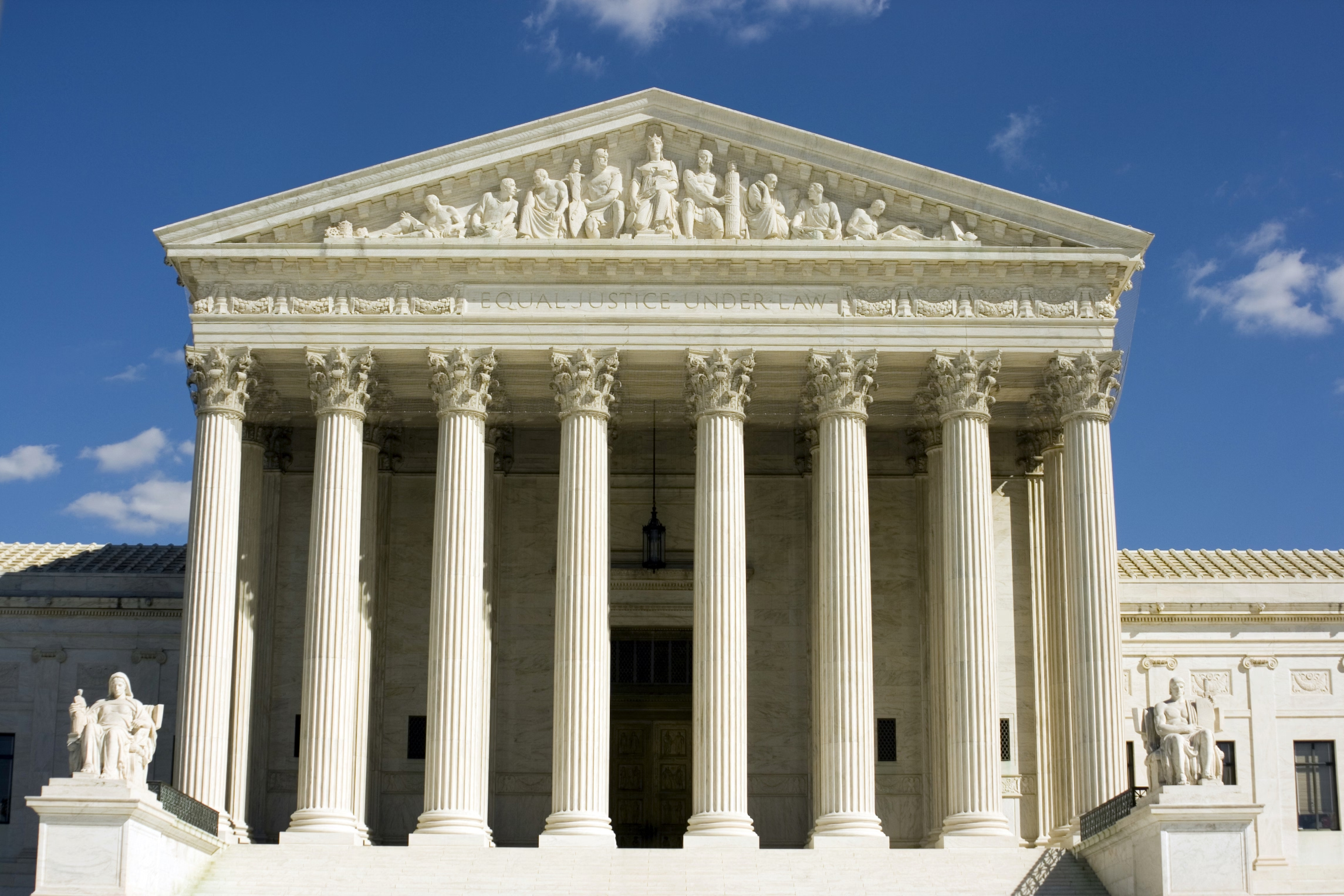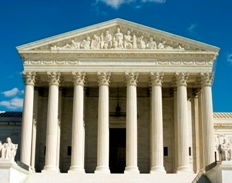Employment & Labor Alert — Supreme Court Lowers the Bar for “Majority Group” Plaintiffs to Sue for Employment Discrimination
Now is the time for employers to ensure they have policies and practices in place to document their legitimate business reasons for any adverse employment decisions.





